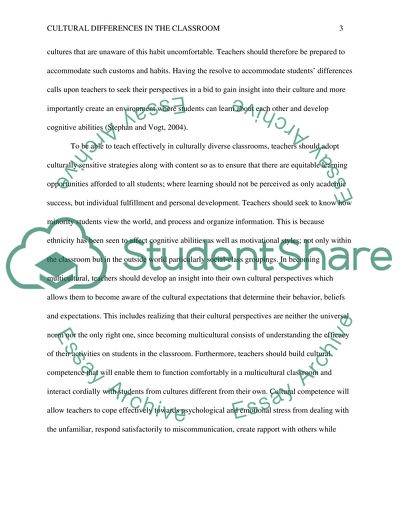A Reflection: Cultural Differences & Communications Essay. Retrieved from https://studentshare.org/education/1482916-a-reflection-cultural-differences-communications
A Reflection: Cultural Differences & Communications Essay. https://studentshare.org/education/1482916-a-reflection-cultural-differences-communications.


